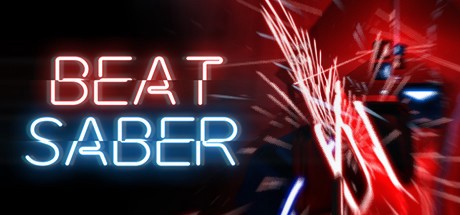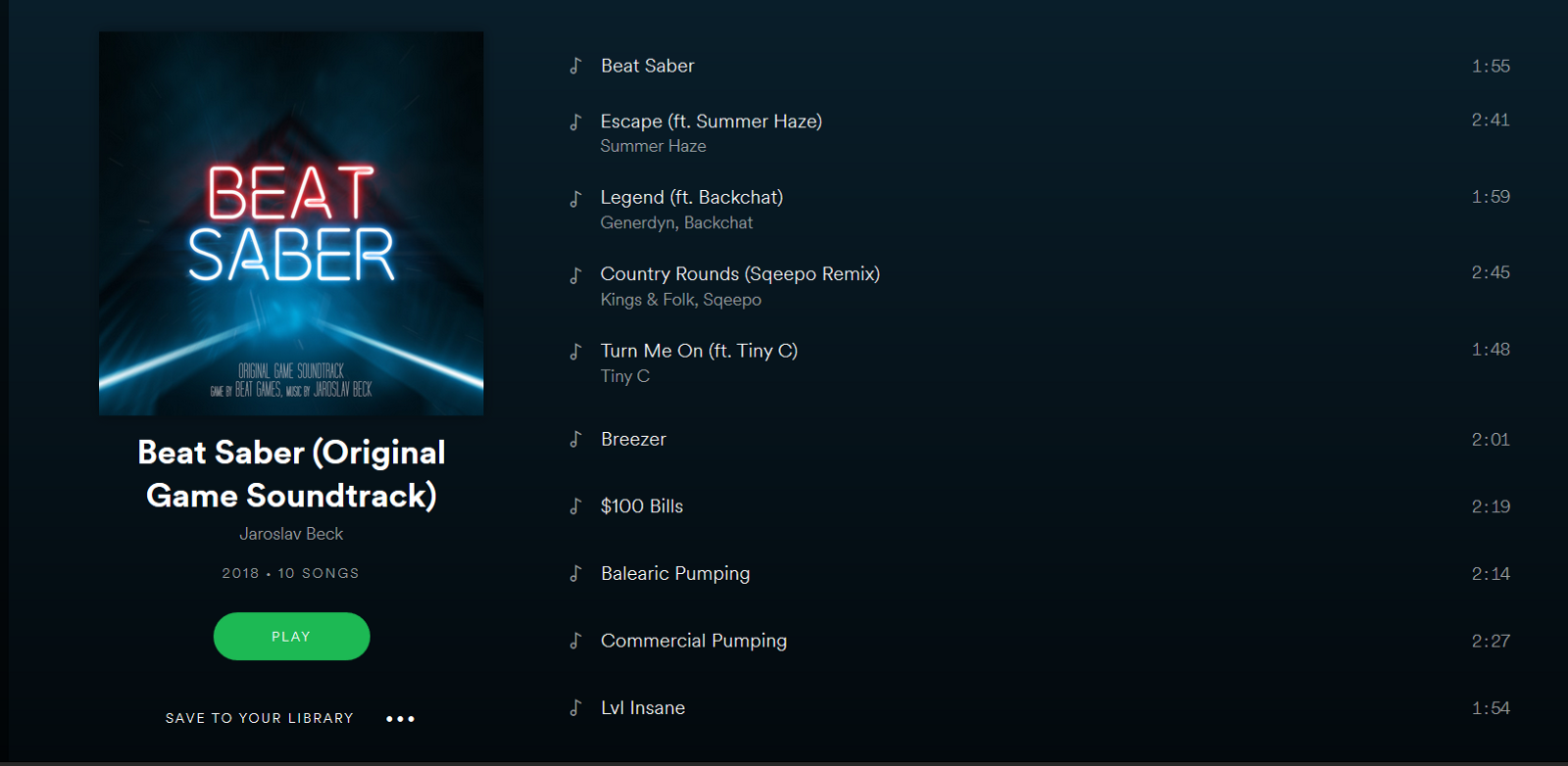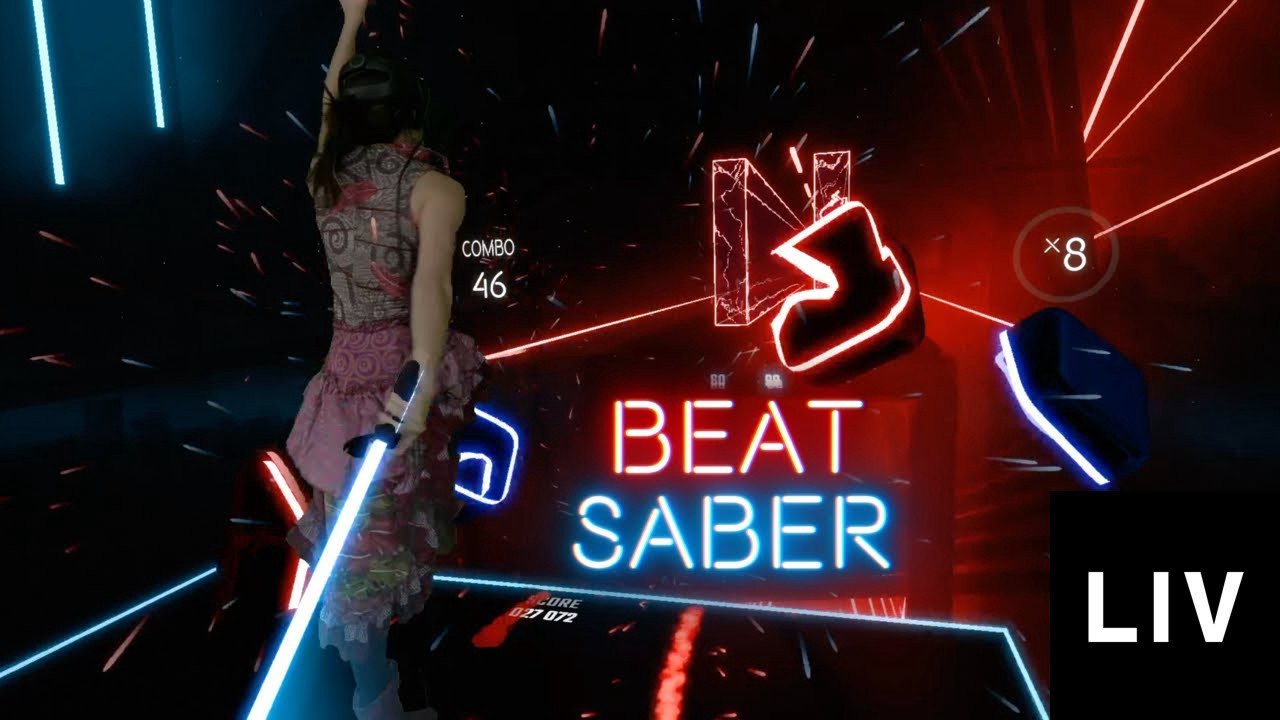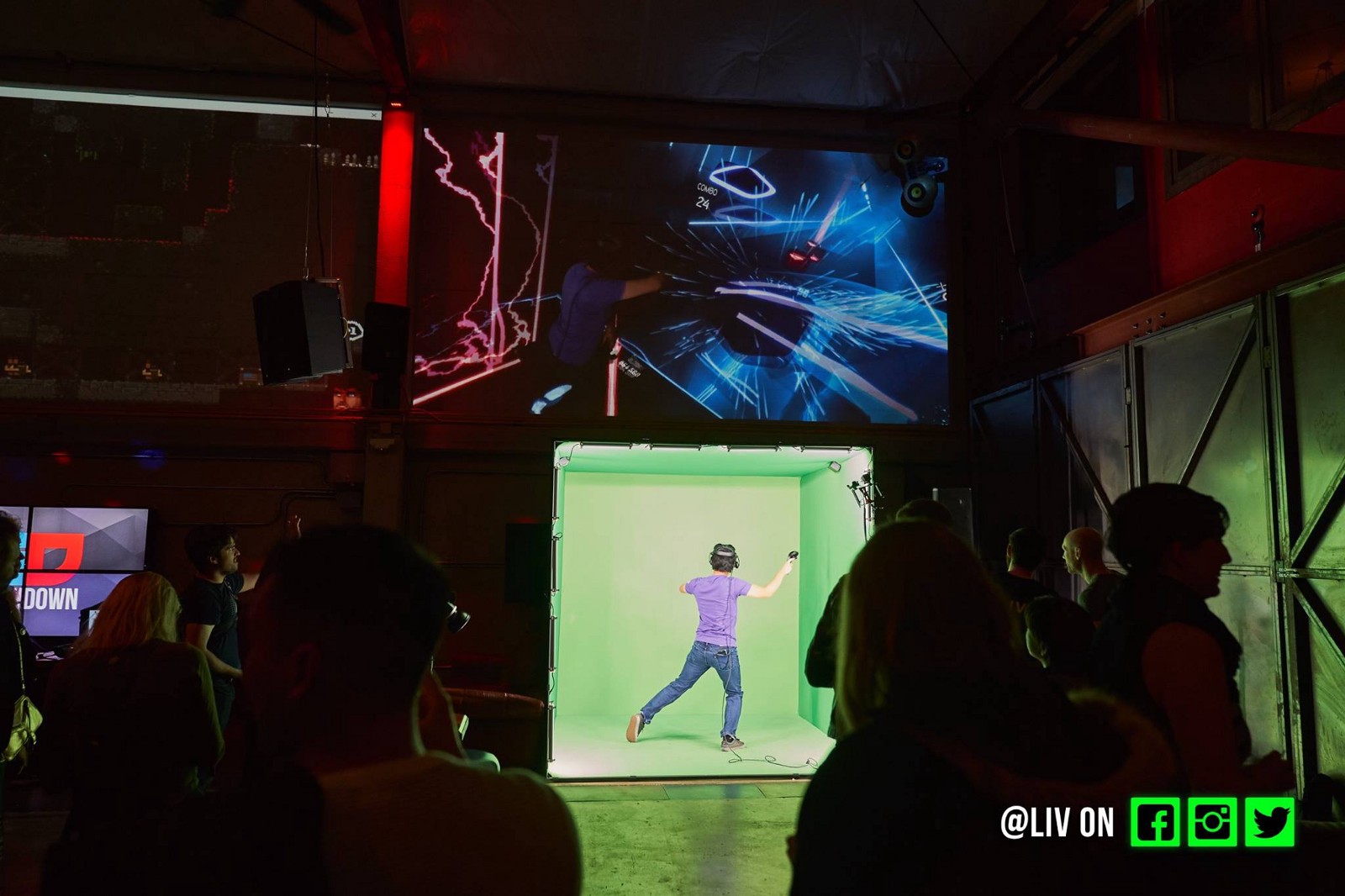
Why Beat Saber is so good
A drill down of the mechanics that made it a hit
Everybody in the VR industry is talking about Beat Saber nowadays. It’s pretty obvious why — it’s viral on Facebook, made it to 100k copies in less than a month, and if you are playing it — you know it’s addictive and fun (ask Tipatat, he will tell you).
For me, getting Beat Saber was a no-brainer. I spent most of my teenage years trying to ace Through Fire and Flames in Guitar Hero, and I love the evolution rhythm games are going through, from Thumper to Crypt of the Necrodancer.
But what makes Beat Saber stand out? It’s not only the rhythm in VR, since Audioshield and Soundboxing have been around for a while and haven’t attract this kind of buzz. I believe the people in Hyperbolic Magnetism understood how to utilize the VR platform as much as they can, and it paid off.
How did they do that? Here are few reasons:
Know Your Constraints
Beat Saber shipped as an early access game with “only” 10 tracks, custom made for the game. It might seem like a bad idea to ship without the ability to auto-create games from tracks like Audiosurf or other rhythm games allow, but I believe it comes from a very different reason.
The songs that ship with the game run between 2 to 3 minutes tops. This is a subtle design decision that becomes very clear when you try to play a custom song, which usually runs at 3–5 minutes duration.

While it might look easy from the side, it is exhausting to do that kind of activity for long — moving around with an HMD is still feels wonky with cables. Add to it moving your arms and dodging invisible walls, and you might find yourself slightly sweating after just one song.
By making the song bite-sized, Beat Saber dodges one of the biggest problems of VR gaming — lengthy play periods. After every song you have a small exit point, so you never have to break immersion from being tired but also allows you to squeeze that “one more song” feel till you are out.
Minimalism and Affordance
I think one of the most subtle and impressive choices Beat Saber design does is to avoid use buttons almost completely. The only time you need to click is at the menu; the gameplay itself doesn’t using buttons at all, only the motion detection.
Why did they do that? I believe it is made to make you feel you are actually holding a lightsaber. This sounds a bit obvious at first, but it is key for Beat Sabers to work. Not only for the immersion, but also for the affordance.

If you ask a stranger to operate a lightsaber (try it, it’s fun!), they’ll probably start whooshing and flailing. However, you won’t see anyone clicking. That’s because we know how a lightsaber should act. The fact that the lightsaber acts the same as you expect it in VR makes it much easier to “get it”. Even in the tutorial, they never tell you how to use the lightsabers — they go directly to how to interact with the oncoming cubes!
This allows for VR newcomers and veterans alike to jump right into the game, without a lot of questions asked. Merely looking at the game footage already delivers what to expect of the gameplay and imitates it perfectly.
Born to be Viral
Everyone wants to be viral, but VR usually isn’t (unless you count people falling over with headsets on). This is because you can’t really see what the guy inside the HMD is seeing or feeling — it’s too complicated to deliver it in a point of view feed like most VR experiences try to deliver.
And that’s where Liv comes in. Liv is doing the best advertisement for VR from the outside perspective, making you see the world as the player actually sees it. It’s no wonder that from early on, Hyperbolic Magnetism integrated themselves with Liv, to create a superb capture experience of their game.

Seeing someone using a lightsaber was proven to be viral from the early days of the internet. Seening it come to life embedded in virtual reality and adding catchy music is just something that’s fun to watch. Even better, it gives you that “Hey, I can do that” thought that draws you to want to try the game.
Arcade VR
All these traits, combined with other smart design and marketing decisions have created one of the biggest VR hits to date. This may raise the question, is this the right “character” that all VR experiences should strive for?
Right now, Arcade-like experiences are a bit “easier to sell” for VR. It usually shows off its uniqueness and might be easier to lure in people who wary of putting on a headset.
And maybe that’s what the VR gaming industry needs right now — a gateway experience, so people will be more open to trying much more complex games such as Lone Echo, The Climb or Raw Data and generally be more approving of VR as a platform.
Either way, I don’t think that Beat Saber is just a hype — it might be the beginning of VR gaming going mainstream, paving the way to VR for the masses.
Feel free to connect with us: Halolabs.io | Twitter | LinkedIn